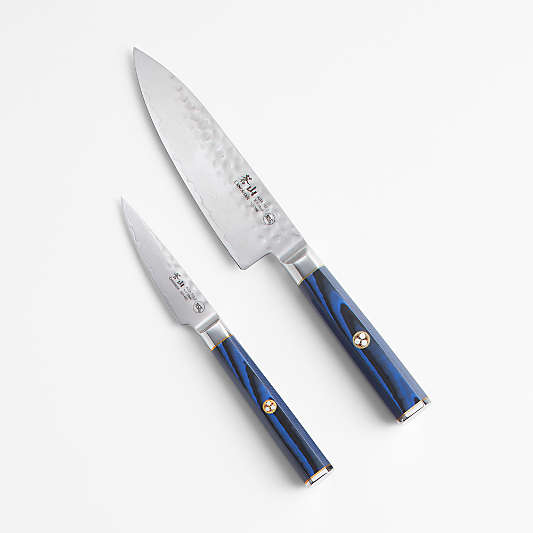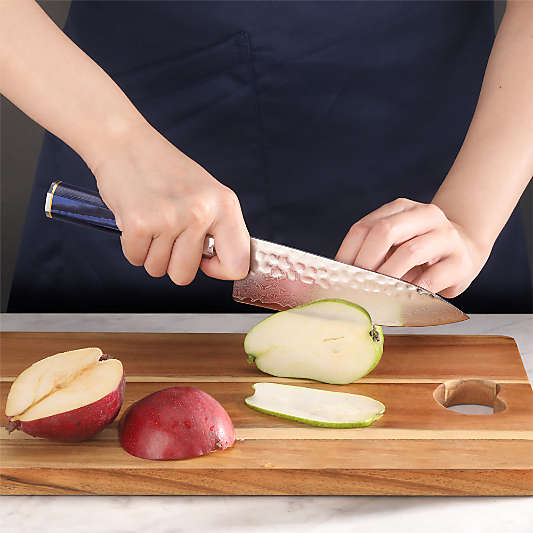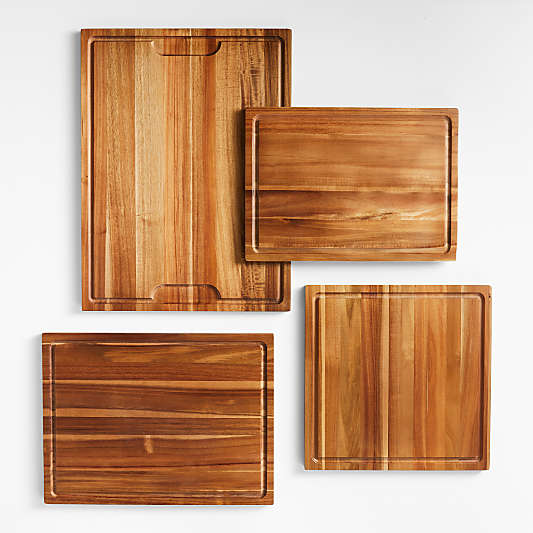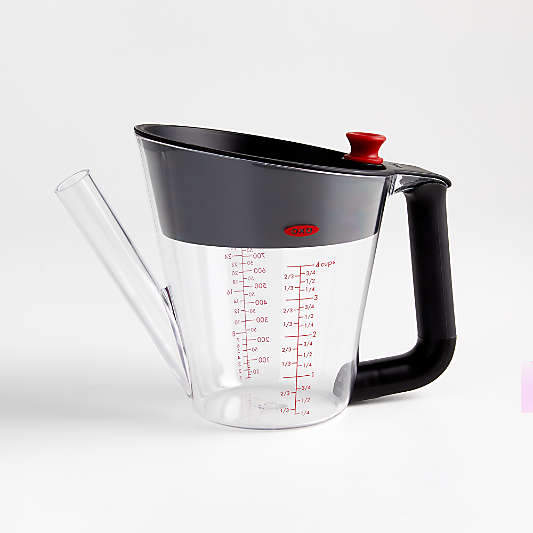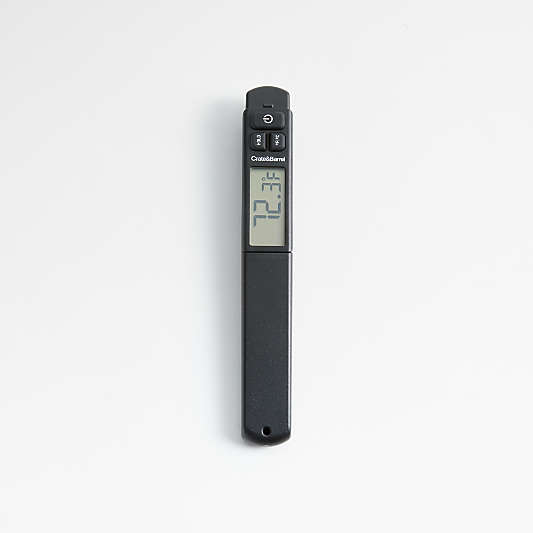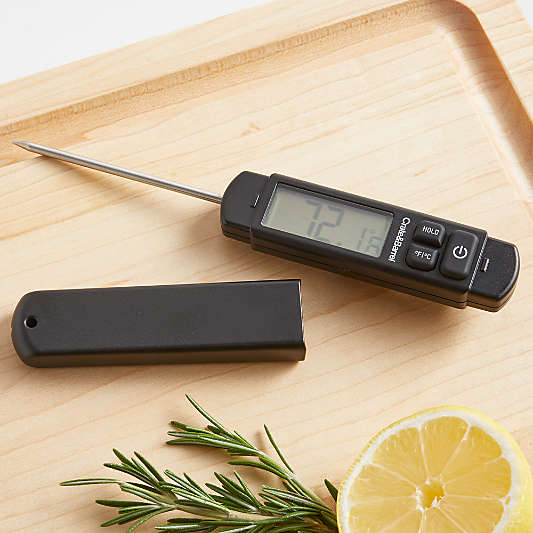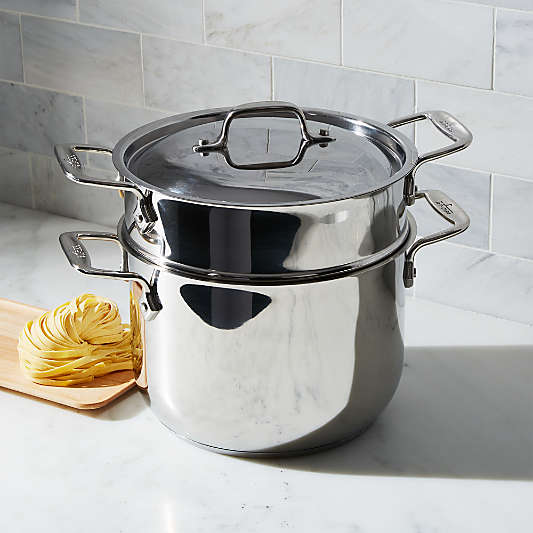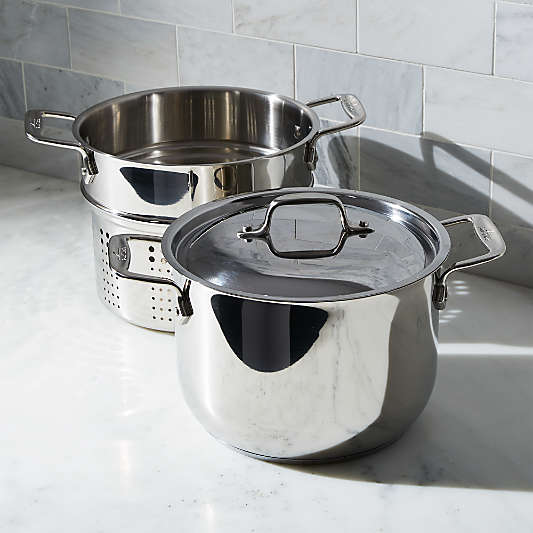Rosemary Brined Turkey Recipe
by: Kate McMillan
Cook Time
3-3 ½ hours
Prep Time
20 minutes
Yield
Serves 10-12

Total Time
3-3 ½ hours
Prep Time
20 minutes
Yield
Serves 10-12
summary
As the star of the Thanksgiving feast, the turkey gets a lot of hyped-up attention. But the truth is, it is a snap to prepare with very minimal hands-on time. Brining helps to ensure a moist turkey, while infusing maximum flavor as it marinates for a full 24 hours. There is a lot of salt in a brine so you want to rinse the bird after brining and be mindful of how much, if any, salt you add post-brine. After you rinse the bird, it is very important to dry it well, so that you end up with a nice crispy, browned skin.
ingredients
- 1 fresh 14–16 pound turkey
- 1 yellow onion, peeled and quartered
- 2 tablespoons chopped fresh rosemary plus 7 whole sprigs
- 6 tablespoons unsalted butter, at room temperature
- 2 tablespoons extra virgin olive oil
- Freshly ground black pepper
- For the Brine:
- 2½ gallons cold water, divided
- 2 cups Kosher salt
- 1 cup brown sugar
- 5 sprigs rosemary
- 2 bay leaves, torn
- 1 tablespoon whole black peppercorns
- Peel of 2 oranges
directions
- To make the brine, combine 4 cups of water with the salt, sugar, rosemary sprigs, bay leaves, black peppercorns and orange peels. Set over medium heat and warm, stirring constantly, just until the salt and sugar completely dissolve. Remove from heat and add the remaining cold water.
- For the turkey, remove the giblets and wash the turkey inside and out. Add to a container big enough to hold the turkey and all of the brining liquid. Pour the brining liquid over the turkey. If the turkey floats, use a plate or weight to keep it completely submerged. Cover and refrigerate for 24 hours.
- When you are ready to roast the turkey, preheat the oven to 450°F. Remove the turkey from the brine, rinse the bird and use paper towels to thoroughly dry the turkey. Transfer the turkey, breast side up, to a roasting pan with a rack. Stuff the cavity of the bird with the onion and 2 rosemary sprigs. Loosely tie the legs together with kitchen twine and tuck the wing tips under the body of the turkey. Set aside.
- In a small bowl, stir together the butter,1 tablespoon olive oil, 2 tablespoons chopped rosemary and ½ teaspoon black pepper. Using your hands, slather the butter mixture all over the turkey. Gently lift up the skin from the breasts and tuck butter underneath. Drizzle the bird with the remaining 1 tablespoon of olive oil and season lightly with additional black pepper.
- Transfer the turkey to the oven and roast for 20 minutes. Turn the oven down to 350°F and continue to roast until juices run clear and an instant read thermometer reads 165°F, 2½–3 hours. Transfer the turkey to a carving board, tent loosely with aluminum foil and allow to rest for 20 minutes. Carve the turkey and arrange on a serving platter. Garnish with remaining rosemary sprigs and serve immediately.
notes
- Count on about 1–1½ pounds of turkey per person. This accounts for the weight of the bones.
- The safest place to dethaw a turkey is in your refrigerator, and this will take a couple of days, so plan accordingly. Never leave a turkey on the counter to thaw. Start with a high temperature to get a nice dark skin. But if at any time during cooking you feel like the turkey is getting too dark, cover the bird loosely with aluminum foil.
- Generally speaking, cooking time is about 13 minutes per pound, but this varies greatly based on oven size and power. Calculate the cooking time at 13 minutes per pound but start checking the bird about 30 minutes before this time.
- Stuffing the cavity with aromatics (onions and herbs) imparts wonderful flavor.
- Tying the legs together and tucking the wing tips under the body of the turkey ensures even cooking time.
- Place the turkey on the rack in the roasting pan so that you achieve a crispy skin all over.
- Don’t fuss with basting a turkey. If the turkey is properly seasoned with fat (oil and butter) and salt and pepper, you don’t need to baste. Basting only causes uneven cooking as the temperature of the oven falls every time you open the door to baste. It is entirely unnecessary!
- Make sure you let the turkey rest. When you remove meat from the oven, the juices spill out. Letting it rest allows the juices to redistribute back into the bird, keeping it extra moist.
Gravy tips:
- Remove the excess fat using a fat separator. This will make it so much easier!
- Deglaze the pan with white wine.
- Loosen all those delicious brown bits in the pan, which is where all the flavor is.
- Put flour and water in a Mason jar and shake vigorously to create a slurry. This is what you will use to thicken gravy. You don’t want to add flour directly into the pan because it will not dissolve, it will clump.
- Whisk vigorously while cooking to avoid lumps.
- Allow time to cook, so gravy has a chance to thicken up.
- Straining the gravy is entirely a personal preference.
- Keep warm over low heat.

